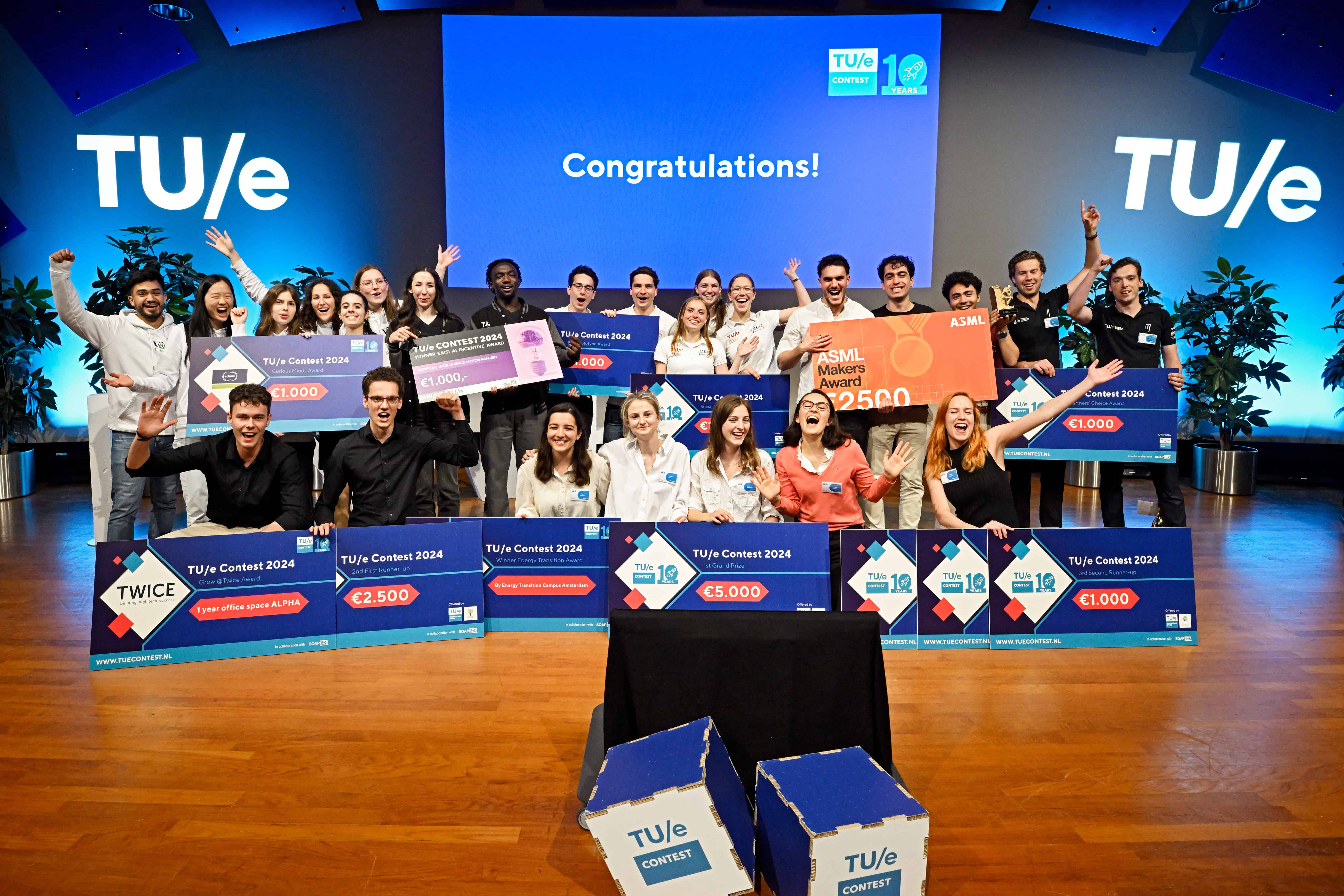
Paying with your credit card online, or sending signed documents by email, we do it often enough, but it isn’t secure. It all has to do with secure and guaranteed personal authentication, Peter Kolarov and his team Crayonic are trying to solve this problem with their authentication pen and yourself as a part of your password. “We are trying to keep it simple, but it really is a difficult problem.” The Slovakian team is participating in this edition of HighTechXL.
The name of the company refers to the French oily ‘crayon’ kids use as their very first pencils. “It evokes simplicity and takes the complexity away”, founder Kolarov tells. “Everything is going digital and paper is still the standard instrument of signing, especially, in high value transactions.” These transactions start at an amount above ten thousand euros and often they require going to a notary or meeting face to face because the identity of the person on the other side needs to be guaranteed. “This is a problem for the B2B market as consumers usually do not go digital for these high value transactions like buying a house.”
Until four years ago Kolarov was developing and selling electronic signature and identity access management to financial institutions. He was focusing on the security and authentication and he noticed that every solution he came up with just wasn’t one hundred percent secure. “I wanted to fix this. And I came up with a pen that converts the handwritten signature to secure digital signature.” He decided to quit his job and make his idea a success.
According to EU regulation the equivalent of a handwritten signature in the electronic world is called a ‘qualified electronic signature’. This type of electronic signature requires strong authentication with multiple security factors. “For strong authentication to be fully secure three factors should be used. A knowledge factor, like a password or pin code, an ownership factor in the form of certified secure hardware, like a credit card, and a biometric factor like a fingerprint.”
The pen acts as an authentication token, Kolarov explains. “Inside the pen there are multiple sensors. They are continuously monitoring – about hundred times per second – the angle of the pen, the pressure, the acceleration of the handwriting. As soon as you start signing they are tracking and trying to recognize: is this you or not you – and the pen can tell in one or two seconds if it is really you signing or if it is someone else. Once you get a green light you can make any digital transaction such as sign a document, transfer bitcoins or make an online payment.”
“Your handwriting is a behavioral biometric”, Kolarov explains. “Fingerprint and eye scan are biometrics as well but not very good as an authentication tool. They are useful to only identify a person, for example at the border crossing but they can be easily copied. Just by taking a picture I can have your eye scan or your fingerprint and easily unlock your phone. These biometrics can’t be controlled by you and once stolen they can’t be replaced. We make the password become you, instead of you being the password. You are the only one who can influence your handwriting.”
“For now we are focusing on the B2B market, but in few years, we want to enter the consumer market. Probably not with this product but with a smaller less expensive one, something that you can put on your keychain.”
The other co-founder Michal Varchola, is a cryptography hardware expert. Together with an associate professor, Juraj Kacur in Slovakia they are a team. “Our business is at the very beginning. We started a pilot in Slovakia and we are talking to banks over here. Our product is very different from anything anybody has ever seen before and people react skeptically at first but it usually ends very positive. The problem is that they want to see how it works and for that to happen someone has to be the first. Our current goal is to pilot it in a few banks in Europe.”
Crayonic subscribed to the program HighTechXL because they wanted to “move the business side forward”. “Before we entered we were focused on developing the product and the software. Since November we learned a lot on validation while getting into contact with customers, mainly banks. Talking to the experts in manufacturing or the supply chain helped a lot as well. HighTechXL gave us a roadmap, we know where to go when we have a problem.”
After the program Kolarov assumes he will be travelling a lot to find the customers, because they have to sell globally, he says. But they will stay in Eindhoven as well. “We founded the company here. It could be our headquarters; this region has all the knowledge we need to produce and sell. And I already have meetings set up in March and April in Amsterdam, The Hague and Silicon Valley.”
His wife and daughter are in Slovakia and “that is a little hard right now”, he tells. “It comes with the job, if you want to push something new out, then you have to do it like this, at least for a couple of years.”
On March 16 all the participating high-tech startups and older generations of innovators share their successes during XL DAY: Universal Changemakers.
Mainpicture Michal Varchola, Peter Kolarov, Juraj Kacur / credits Kimon Kodossis










